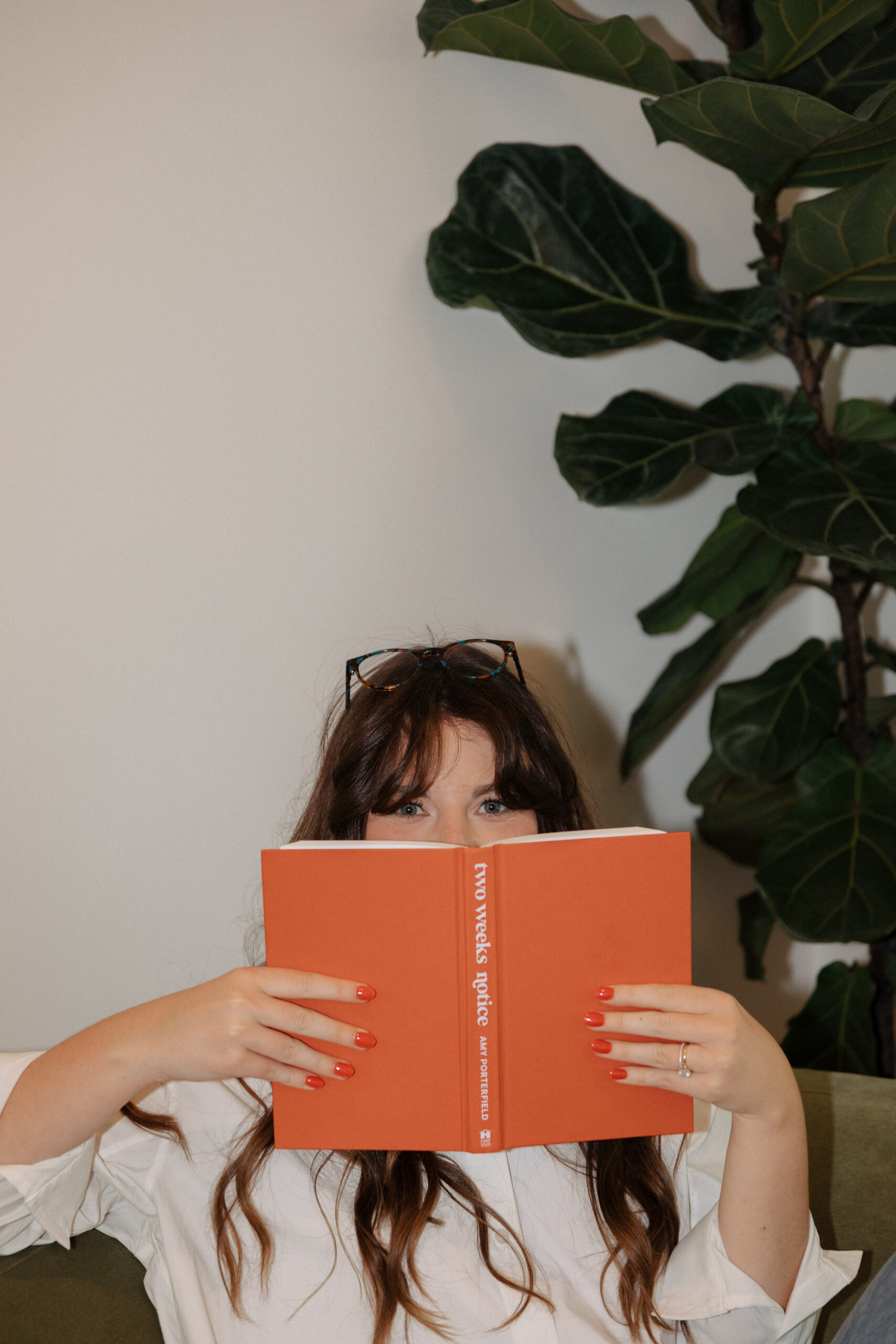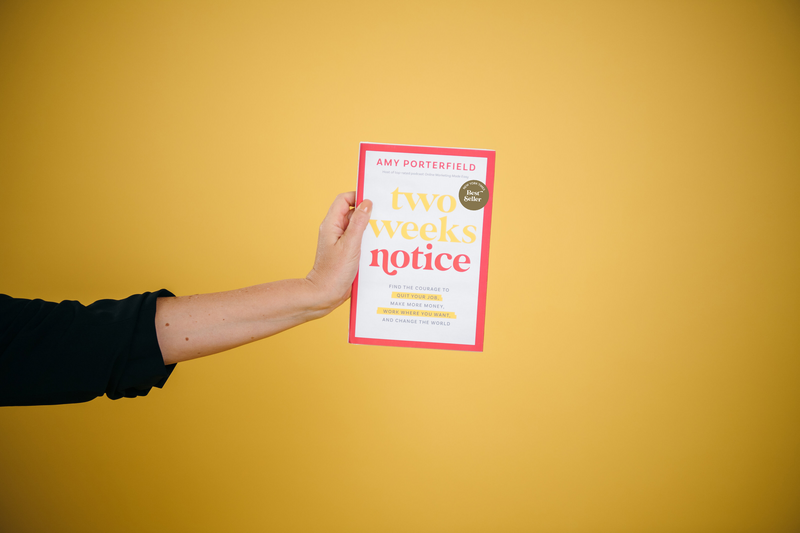
So, you’re dreaming of ditching your day job to become a full-time designer. I get it—nothing sounds better than trading office politics and endless meetings for client projects and creative freedom. But making the leap from side hustle to full-time isn’t as simple as handing in your resignation and buying a new desk chair for your home office. (If only!)
Transitioning to full-time freelance design takes planning, purpose, and a whole lot of hustle—but not the kind that leaves you burnt out and broke. Let’s talk about how to do it the smart way so you can build a business you love, not one you resent.
Step 1: Build a Financial Safety Net
Here’s the deal: freelancing can be unpredictable. Some months, you’ll feel like a rock star; others, you might feel like you’re shouting into the void. That’s why having a financial cushion is key.
How to Build Your Safety Net
- Calculate Your Baseline ExpensesFigure out how much money you need to cover your bills and basics each month. Add a buffer for unexpected expenses because life happens (hello, surprise dental bills).
- Save 3-6 Months of ExpensesThis gives you breathing room to find clients without panic-Google-searching “remote customer service jobs” two weeks after quitting.
Pro Tip: Create Passive Income
Consider launching a passive income project before you go full-time. Whether it’s selling design templates, digital downloads, or an online course, passive income can keep cash flowing even when client work slows down.
Example: Create a set of Canva templates for small businesses and sell them on Etsy. Done right, this revenue stream can grow while you focus on client work.
Step 2: Build a Portfolio You’re Proud Of
Here’s a hard truth: you’re not going to attract dream clients if your portfolio is a sad PDF with a single school project from 2019.
Design Even If You Don’t Have Clients
If your client roster is currently at zero, don’t wait around. Create passion projects that reflect the kind of work you want to be hired for.
- Love branding? Redesign a logo for a brand you admire (just for practice).
- Obsessed with packaging? Dream up a label for a coffee company that doesn’t exist (yet).
Not only does this give you killer portfolio pieces, but it also shows potential clients your range and creativity.
Step 3: Watch Out for Burnout
Burnout is the sneaky villain of side hustling. It’s tempting to take on every project under the sun while working your day job to “prepare” for full-time freelance life. But if you’re running on fumes now, how will you handle the workload once you’re freelancing full-time?
How to Avoid Burnout
- Set Boundaries: Decide how many hours a week you can realistically work on your side hustle without losing sleep or your sanity. Stick to it.
- Prioritize Quality Over Quantity: Focus on high-impact projects that align with your long-term goals instead of saying yes to every opportunity.
Step 4: Build Relationships, Not Just Skills
Success as a full-time designer isn’t just about being talented—it’s about being connected. Start networking now so you have a support system when you take the leap.
How to Build Your Network
- Join Communities: Find online groups for designers, freelancers, or creatives. Not only can these be great for advice, but they can also lead to client referrals.
- Collaborate: Reach out to other creatives—photographers, copywriters, developers—and build relationships. Partnering on projects can help expand your portfolio and client base.
Step 5: Set Up Systems for Success
Freelancing isn’t just about designing—it’s about running a business. The more systems you put in place now, the smoother your transition will be.
Systems to Create Before You Go Full-Time
- Client Onboarding: Develop a process for contracts, invoices, and project timelines.
- Project Management: Use tools like Asana or Trello to keep track of deadlines.
- Pricing Strategy: Decide on your rates and stick to them. Don’t undervalue your work—freelancing isn’t a race to the bottom.
Step 6: Build Your Business Purposely
The goal isn’t to jump into full-time freelancing and feel like you’re constantly chasing clients. The goal is to create a purposeful business that reflects your skills, values, and creativity.
What This Looks Like:
- Start Small: Take on projects that align with your niche and let your business grow organically.
- Say No: Don’t be afraid to pass on work that doesn’t feel right. This leaves room for projects that excite you.
- Revisit Your Goals Often: Your vision for your business will evolve, and that’s okay. Adjust your strategy as you grow.
Step 7: Know When to Make the Leap
There’s no “perfect” time to quit your job, but there are a few signs you’re ready:
- You’ve saved enough to cover at least 3-6 months of expenses.
- Your side hustle income is consistently growing.
- You have a clear plan for finding clients and scaling your business.
- You feel confident in your skills and systems.
When you’re checking these boxes, trust yourself and take the leap.
A Little Commercial for the Book That Built Me
I bought Amy Porterfield’s book Two Weeks Notice on a whim when I was dreaming of leaving my job in 2023. And when I say it changed my life it 100%. Anytime I chat with someone looking for advice on how and when to leave their 9-5, I recommend this book. Order it from BookShop.org and support your local bookstore!

Sign Up for My Coaching Beta Program (Coming Summer 2025)
Transitioning from side hustle to full-time designer isn’t easy, but you don’t have to do it alone. I’m launching a coaching program to help designers like you navigate the leap, build purposeful businesses, and avoid burnout along the way.
Want to be the first to know when it launches? Click here to join the waitlist!
Side Hustle to Full Time FAQ
1. How long does it take to transition from side hustle to full-time freelance?
It depends on your financial goals, client load, and readiness, but it can take 6-12 months to plan the transition and feel “settled.” I put quotes around that because if you go full-time freelance I’m not sure if you’ll every be fully settled in, but that’s what makes it fun.
2. Should I quit my job before I have a full roster of clients?
Okay please take this advice with a grain of salt. Don’t come after me, I’m not legally liable for your decisions. That being said; not necessarily. It’s better to have a safety net, a growing portfolio, and a few steady clients before taking the leap. For example, I had 2 full time clients that I carried over from working part-time to full-time.
3. How do I find my first clients?
I got really, really annoyed by everyone telling me this, but it’s true. Start with your network—friends, family, and colleagues often know someone who needs design work. You can also join online communities or list your services on platforms like Upwork, Behance, or Dribble. I would caution on the online communities though, it’s not a water faucet, so with anything don’t expect overnight success, but it you work the process and tackle it strategically, it can pay off.
4. How do I price my services as a new freelancer?
Calculate your baseline expenses, research industry rates, and factor in your skills and experience. Start with a rate that feels fair and sustainable—don’t undervalue your work. I’m building out some coaching material on this, you can join the waitlist here if you’re interested! I am planning on taking my first coaching cohort in summer of 2025.
5. What if I fail?
Failure is part of the journey. If things don’t go as planned, take the lessons you’ve learned and try again. Freelancing is a process, not a destination.